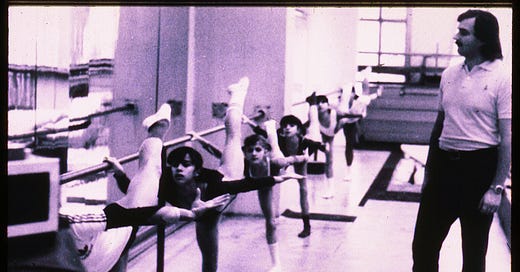I must start this newsletter by apologizing for the long lag between this part and the first part of “The Gymnast, the Pianist, and the Choreographer.” Domestic events intervened and I felt that I had to write about the Black Lives Matter movement as it pertained to gymnastics first. And then, sadly, U.S. gymnastics legend Kurt Thomas passed away a coup…
© 2025 Dvora Meyers
Substack is the home for great culture

